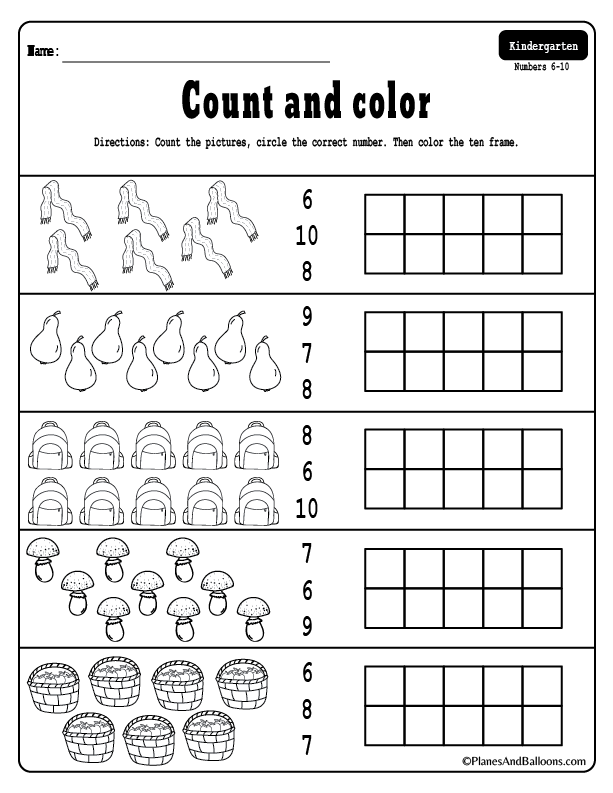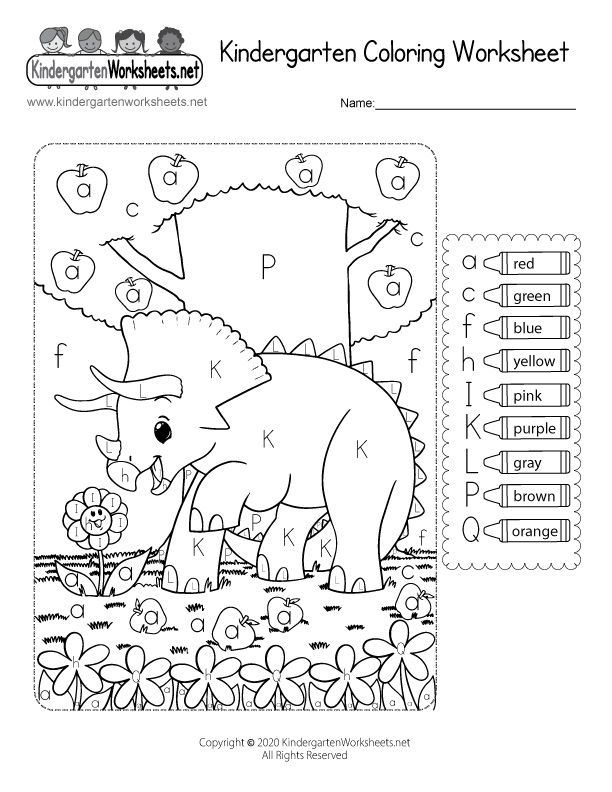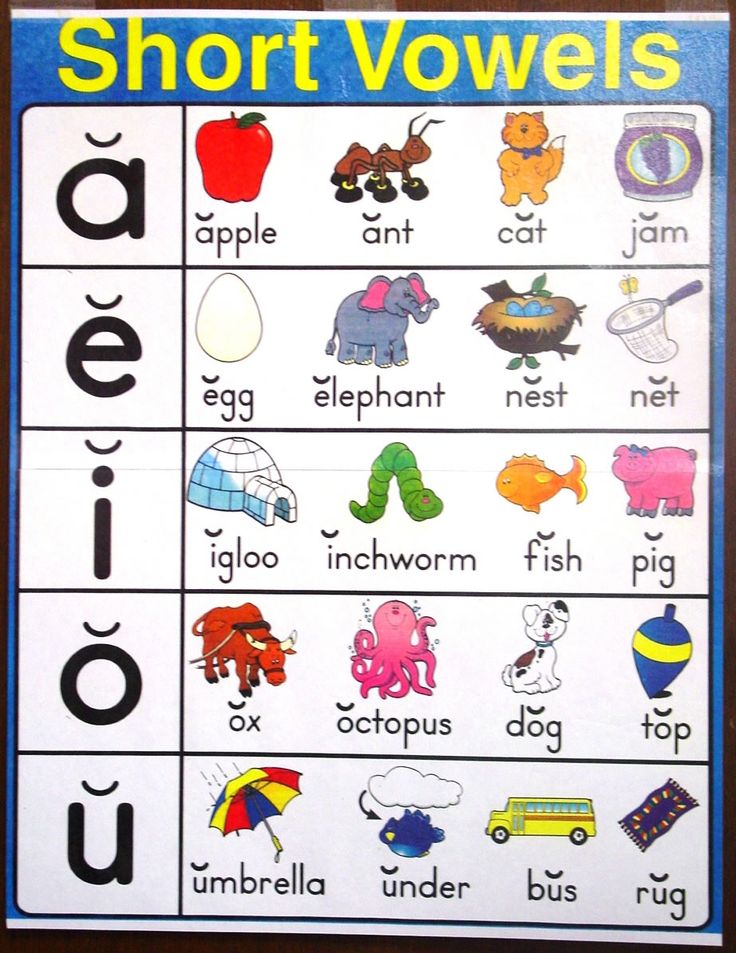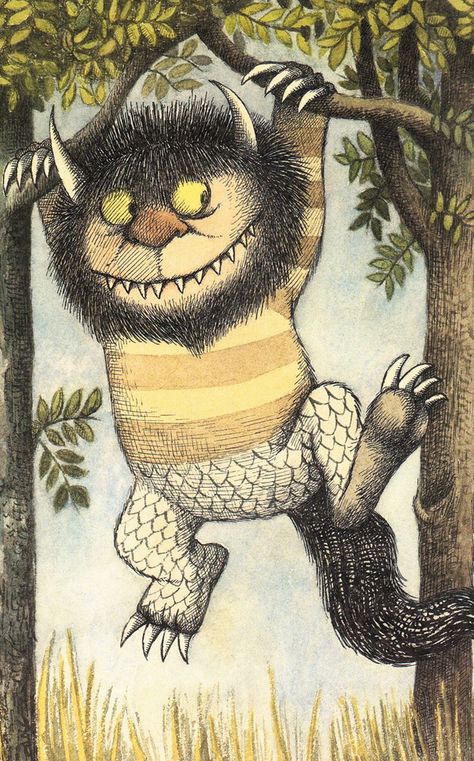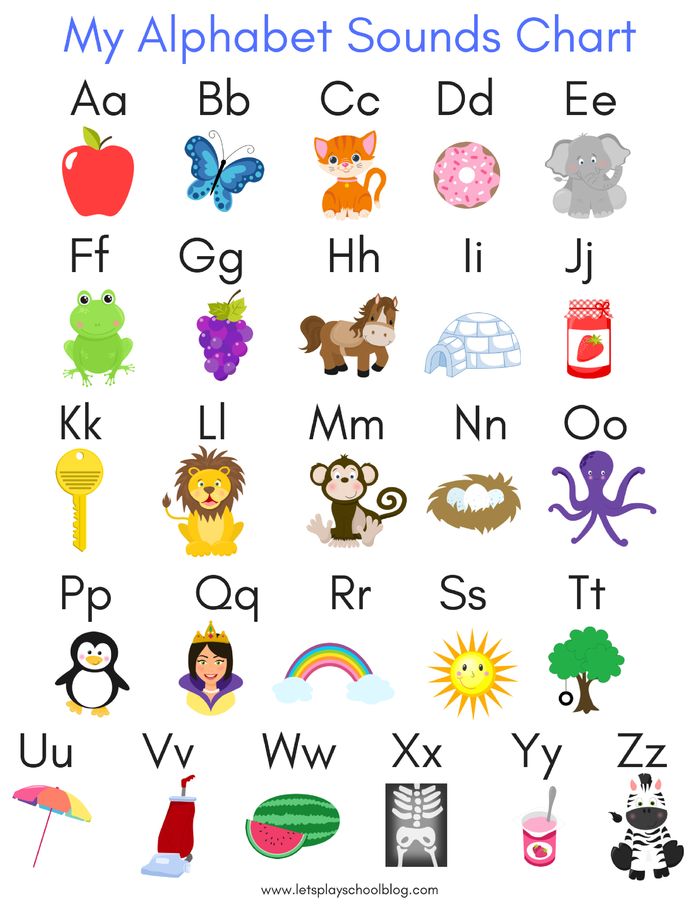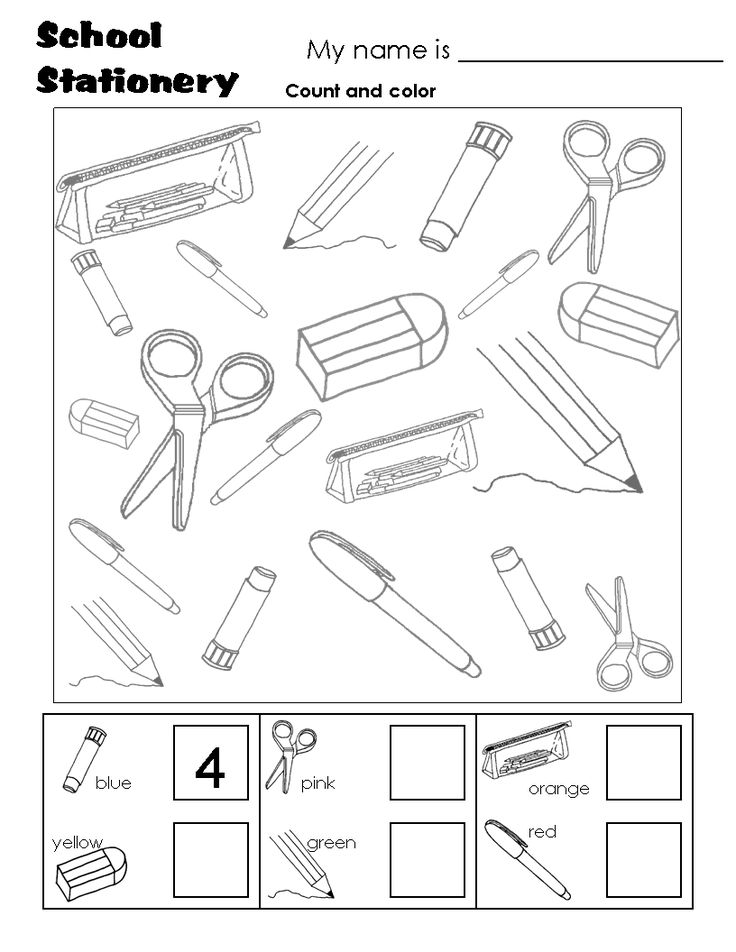Books that teach reading
Books for Teaching Reading Comprehension Strategies
Teaching reading comprehension is a must. Kids need to know that recognizing and saying the correct words is only PART of reading. Comprehension is the other side of the coin. Making meaning of the text is the ultimate goal of reading.
Reading Comprehension Articles
Over the last few years, we’ve posted quite a few comprehension articles and printables. I’ve shared from my experience as a classroom teacher, reading tutor, and homeschooling mama. Here are some you may enjoy below.
- Reading Comprehension Strategies: Reading Equals Thinking
- Teaching Reading Comprehension Strategies {Fix-Up Strategies}
- Struggling Readers Need to Develop “Thoughtful” Literacy
- Reading Comprehension Strategies {10-week series}
- Before they Read: Connecting: Supporting Comprehension and Fluency Before Reading
- 5 Days of Teaching Text Structure to Readers {fiction and nonfiction}
*This post contains affiliate links.
Included in the list below are books for teaching reading comprehension that have been read and underlined and revisited multiple times by me OR that have been suggested to me by other colleagues and professional reading teachers. Most explain comprehension from a classroom perspective, giving classroom examples, but don’t let that fool you into thinking you can’t use the ideas as a tutor, parent, or homeschooler. I certainly have!
Books for Teaching Reading Comprehension
Reading with Meaning by Debbie Miller is one of the first books I read on reading comprehension {I have the 1st edition}. If you are teaching young readers, say Pre-K through 2nd grade, you will find practical ways that you can teach reading comprehension plus definitions for each strategy that are perfect for younger kids. I love the book lists the end of each chapter, too.
7 Keys to Comprehension by Susan Zimmermann is a GREAT book that I highly recommend for parents.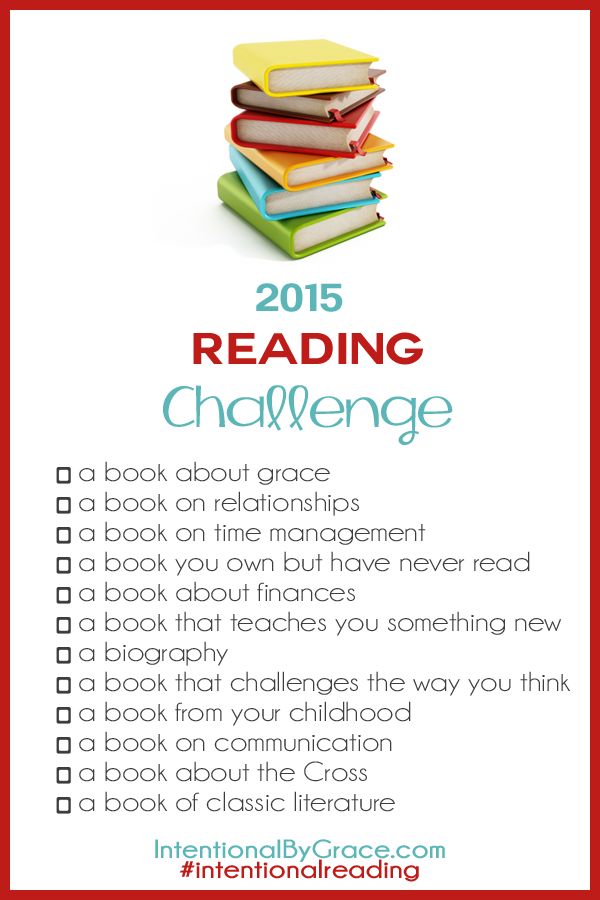 It goes through each strategy and explains it in easy-to-understand terms. It avoids the teacher-y terms that so many other books use. If you’re a new teacher {or even seasoned teacher} and need help for teaching comprehension, I also recommend this book for you!
It goes through each strategy and explains it in easy-to-understand terms. It avoids the teacher-y terms that so many other books use. If you’re a new teacher {or even seasoned teacher} and need help for teaching comprehension, I also recommend this book for you!
Strategies that Work by Stephanie Harvey & Anne Goudvis was the second book I read about teaching reading comprehension. Again, it comes from the classroom perspective, but it has some fantastic ideas for 3rd grade through middle school.
Summarizing, Paraphrasing, and Retelling by Emily Kissner is a FANTASTIC read for teachers, parents, and tutors of kids in the upper elementary grades and middle school. I devoured it from cover to cover when I was first learning about text structure. I have also had the privilege of having Emily Kissner write a guest post on This Reading Mama!
Comprehension Connections: Bridges to Strategic Reading by Tanny McGregor is not one that I have personally read, but I have heard such great things about it.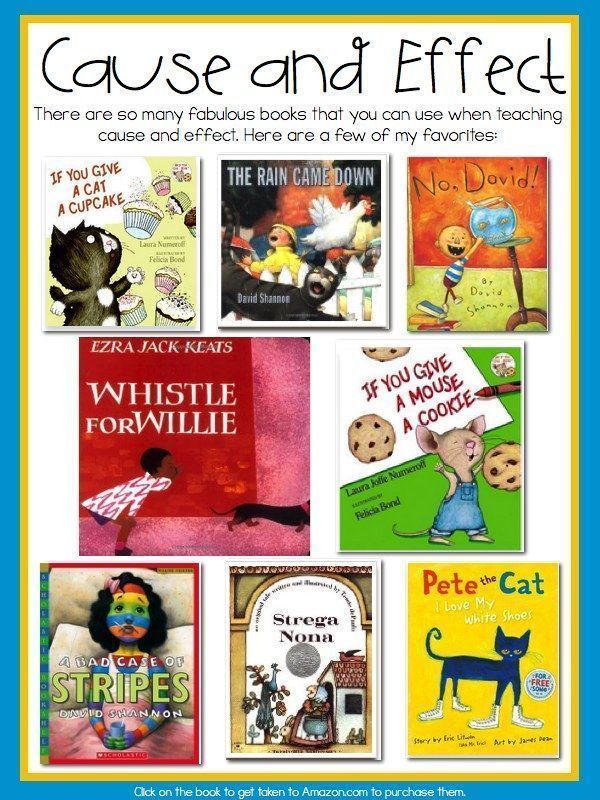 The thing that impressed me the most is how he takes the strategies and breaks them down into what he calls a “launching sequence.” Starting with using concrete experiences, he teaches students using concrete examples that kids can connect with. He moves through a series of lessons until kids are using that strategy with text. I would imagine this launching sequence would be great for any student, but especially struggling students or those with special needs.
The thing that impressed me the most is how he takes the strategies and breaks them down into what he calls a “launching sequence.” Starting with using concrete experiences, he teaches students using concrete examples that kids can connect with. He moves through a series of lessons until kids are using that strategy with text. I would imagine this launching sequence would be great for any student, but especially struggling students or those with special needs.
The Art of Teaching Reading by Lucy Calkins is a long read. And it isn’t completely all about reading comprehension. But it is a GOOD read. This is one that I read while I was still a classroom. It challenged and transformed some of my reading teaching methods. I would recommend this book to anyone, but it would probably be most helpful to classroom teachers and reading tutors. And just in case you’re wondering, I also read Lucy Calkin’s
The Art of Teaching Writing and it was equally as good, if not better.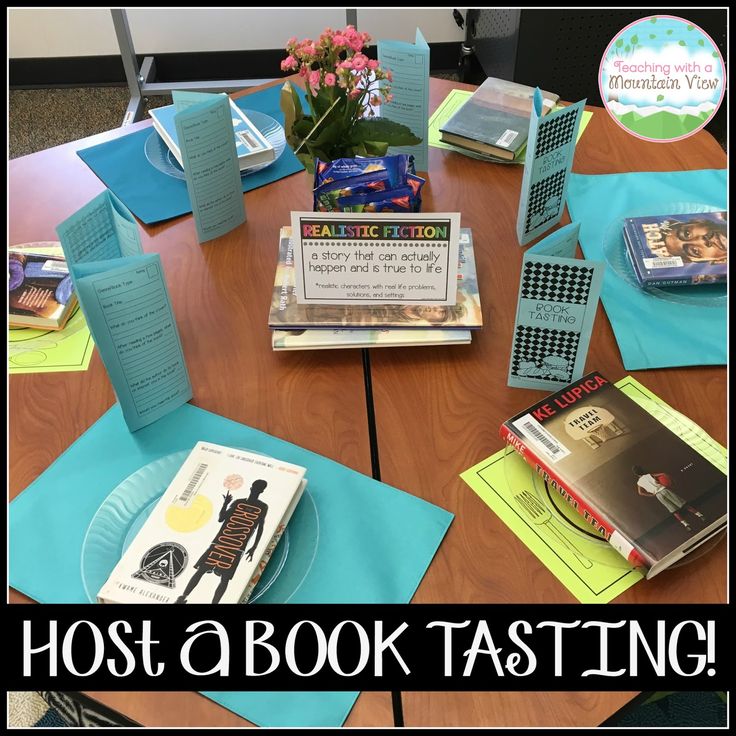
Improving Comprehension with Think-Aloud Strategies by Jeffery D. Wilhelm is another book I’d recommend to parents and classroom teachers alike. A think-aloud is when you take a piece of text {that you’ve planned ahead} and you model a comprehension strategy or two with the passage. Think-alouds help our thinking become “visible” so kids can hear the thoughts in our head and know how to use a certain strategy. Love this book!
Bringing Words to Life by Isabel Beck is not necessarily a book about comprehension strategies, BUT if you think about it, vocabulary is HIGHLY related to reading comprehension! And Beck’s book is the best I’ve read on teaching vocabulary. It is OFTEN referred to in other books. I’ve even referred to it for teaching vocabulary with my own kids.
Classroom Strategies for Interactive Learning by Doug Buehl is a newer one that I was introduced to this year.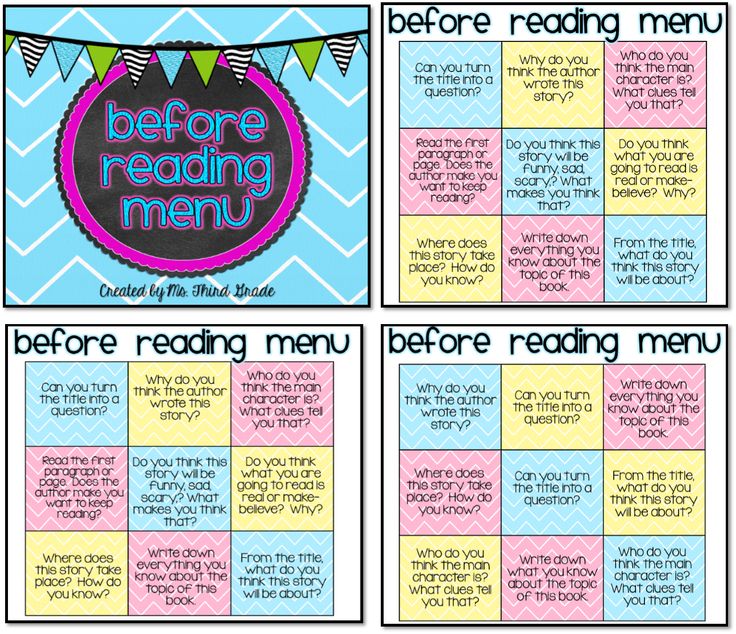 And just because it says, “classroom strategies”, don’t dismiss this one as a tool for at home instruction or tutoring! In it, you’ll find ready-to-go graphic organizers and strategies for comprehending fiction and nonfiction. I would recommend this one for upper elementary and middle school kids.
And just because it says, “classroom strategies”, don’t dismiss this one as a tool for at home instruction or tutoring! In it, you’ll find ready-to-go graphic organizers and strategies for comprehending fiction and nonfiction. I would recommend this one for upper elementary and middle school kids.
The Forest and the Trees by Emily Kissner is another great read for older students {4th grade and above}. Her focus is helping reader identify the important details authors include in texts that will help them comprehend better. She has found that many readers often pay attention to unimportant details and this interferes with comprehension.
And if you’ll allow me to add…
How to Choose “Just Right” Books by Becky Spence {that’s me} is a book I wrote in response to the many emails from parents. It is not completely about comprehension, but does explain the comprehension strategies.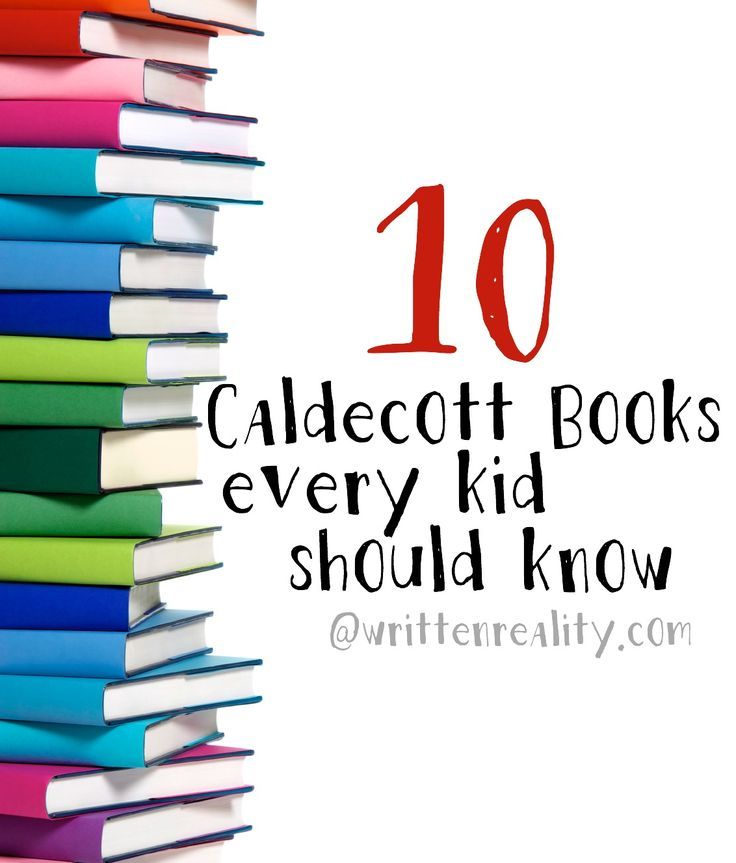 It even has a handy list of questions we can ask kids to dig deeper into their comprehension of text. You can purchase the PDF here.
It even has a handy list of questions we can ask kids to dig deeper into their comprehension of text. You can purchase the PDF here.
If you’re looking for books to help you model comprehension strategies, find them here!
Follow This Reading Mama’s board Comprehension Strategies on Pinterest.
~Becky
Teaching Kids to Read Part 2/3: Best Books to Teach Reading
This post may contain affiliate links, which means I may earn a small commission if you click my link but does not change your price. See my affiliate policy here.
When teaching kids to read, I personally want the simplest and most straightforward materials that won’t bore me out of my mind. With my first, I did a lot of research on the best books to teach reading and tried out a few different methodologies.
While I’ve always been an avid reader, my background is not focused on literacy.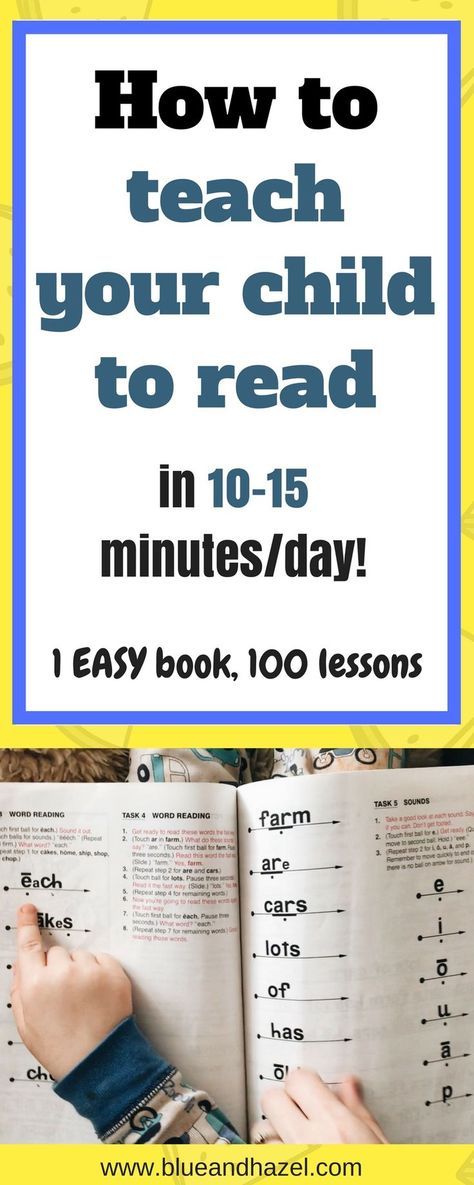 I’ve studied business, psychology, and music, but never the formation of words. So I found that I vastly preferred something that really laid out all the steps for me and removed the guesswork. The below materials work with that in mind. If you’re a literacy expert or intent on designing your own curriculum, this post is not for you.
I’ve studied business, psychology, and music, but never the formation of words. So I found that I vastly preferred something that really laid out all the steps for me and removed the guesswork. The below materials work with that in mind. If you’re a literacy expert or intent on designing your own curriculum, this post is not for you.
After trying a few different options with my 4 kids I’ve taught to read (so far!), here are the ones our family has found to be the best books to teach reading to kids in a simple and straightforward manner!
Don’t miss Teaching Kids to Read Part 1/3: What age our family starts teaching kids to read, and what reading readiness skills to look for.
Available on Amazon, Bookshop, Target, Walmart
This is the book I always like to start with. The best part about it is that it’s very clear and easy to follow along for both the child and the caregiver who is teaching them. There are 100 lessons in the book that take your child through the basics of phonetics, blending sounds, and putting it all together in simple paragraphs.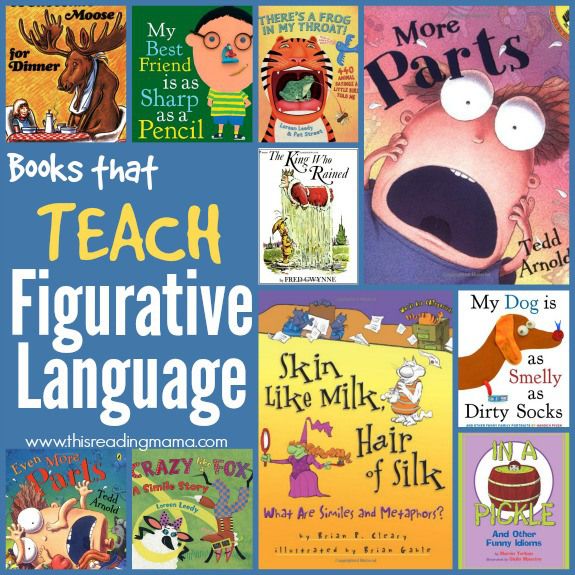 The book includes the exact verbiage for the caregiver to use as you teach your child, so it’s extremely straightforward.
The book includes the exact verbiage for the caregiver to use as you teach your child, so it’s extremely straightforward.
I’ve also used Phonics Pathways, but I don’t like the layout nearly as much, and it felt like it required more work from the caregiver. It also felt less interesting overall. Teach Your Child waits a few lessons to start really reading, but it introduces long and short vowels right away. This gives emerging readers a broader set of options for words, making it more interesting for child and caregiver.
When using it for my first child, I followed the verbiage ver batim. It was so nice being able to just read my “part” and not worry that I was teaching it incorrectly. With my subsequent children, I’ve become very familiar with the flow, so rarely look at the”caregiver lines” anymore.
Another nice thing with this book is you child does NOT need to know all the letters before starting. In fact, in some ways, it’s easier if they don’t because then they don’t have preconceived notions about what sounds the letters make.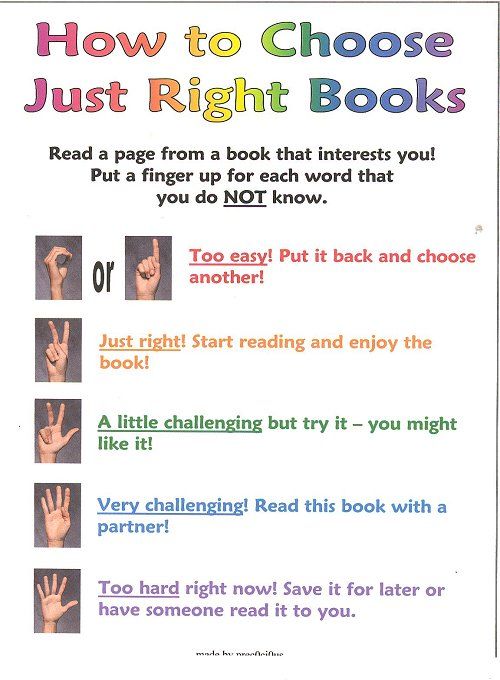 It also teaches your child how to move from left to right and back when reading a page.
It also teaches your child how to move from left to right and back when reading a page.
This varies a bit based on your child’s age and interest, as well as where in the book you are. I started my older two when they were about 3.5. They picked up reading fairly quickly, and the whole book took us maybe 6-9 months to complete. I started my 3rd when he was about 4.5 and and we finished the book in about a year. I started our 4th just before he turned 4 years old and we did it consistently for about 6 months. We took a break for a couple months over the summer while traveling, and are nearing the end of the book when he’s about to turn 5.
But I 100% do NOT think your child needs to be a young reader for this book to work, nor do I think it’s better in any way. Those just happen to be the ages when my own kids showed interest, but I’m confident it would work for kids at a variety of ages. And that they can become successful and enthusiastic readers no matter what age they start!
Per day, we usually aim to spend 5-20 minutes, depending again on age and interest.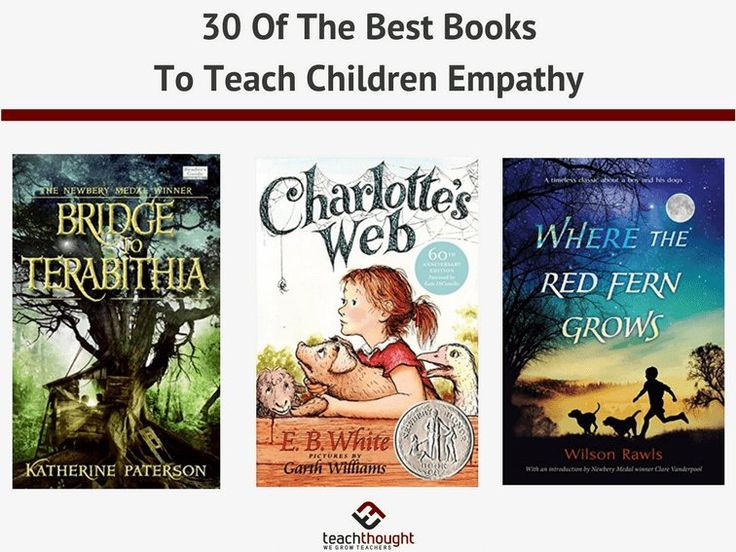 The early lessons are super short so we could easily complete them in just a few minutes. The later lessons get long, so we’d need 15-20, and occasionally wouldn’t get all the way through them. Still, I usually cut it off after that amount of time so it doesn’t get too tedious.
The early lessons are super short so we could easily complete them in just a few minutes. The later lessons get long, so we’d need 15-20, and occasionally wouldn’t get all the way through them. Still, I usually cut it off after that amount of time so it doesn’t get too tedious.
Overall, I really love this book for being straightforward and simple, for teaching proper phonetics, and for giving kids a great foundation for their reading journey.
While sight words are often a big focus in schools, I prefer to really focus on phonetics with kids learning to read. It provides a much better basis for long-term reading fluency, and there’s been more recent research showing the importance of focusing on phonetics in early reading instead of rote memorization of sight words.
That said, there are a few sight words that I occasionally review to help my kids get more comfortable and not need to sound out every word. It can get a bit frustrating and tedious to work through every word every time, so once they have those tools, I like to help them remember a few common ones.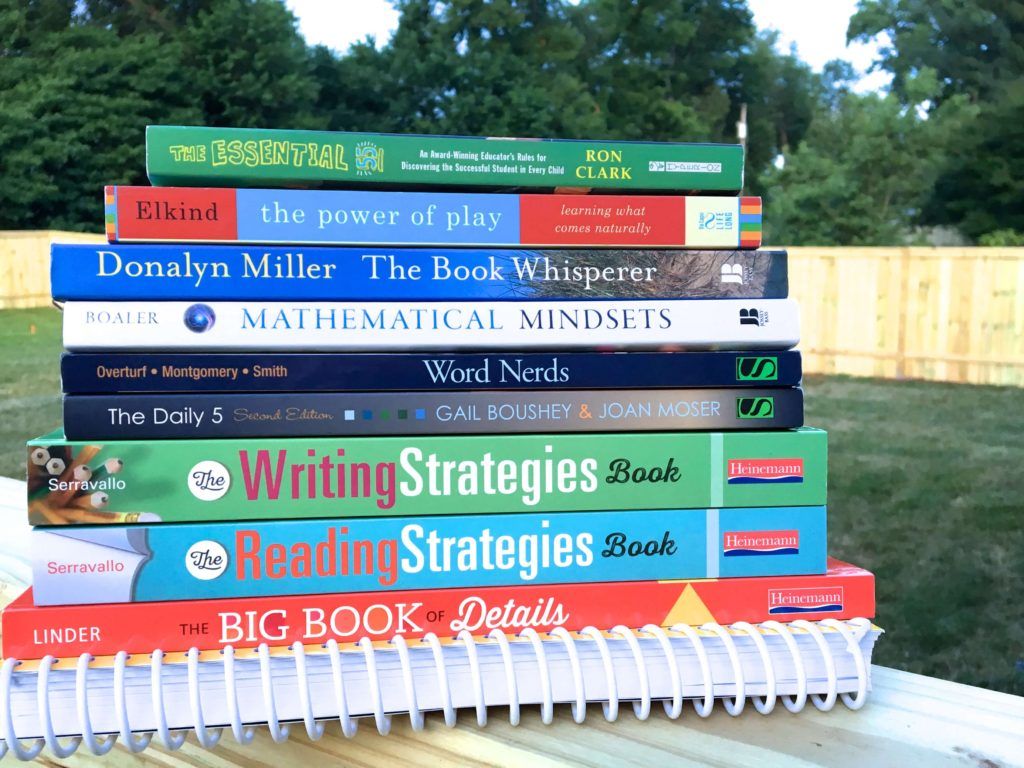
There are pleeenty of sight words options out there, but they’re definitely not all created equally. I personally don’t love the ubiquitous Bob books. I just don’t think they’re that interesting for me or my kids.
My favorite sight words system is Preschool Prep. They have a series of both books (levels 1, 2, and 3) and DVDs that increase in complexity. For only having very basic words, the stories are pretty cute and I find them far more engaging than the Bob books. While we don’t use the DVDs extensively, I was surprised at how effectively they teach kids a few of the sight words so they can start reading right away for some early successes and confidence.
At the beginning, I just focus on one new word at a time. I’ll read the book to my child, then point out the word every time it shows up and have them point to it and repeat it. This solidifies the idea that the word can be in multiple places in a book and on a page, and that the letters are the same each time.
Best Books to Teach Reading: Further Practice
Once kids finish the above two resources, they’re typically pretty good at recognizing words that are familiar as well as sounding out the basics. However, they’re not typically ready to jump into life as independent readers. All of my kids – including my oldest, who took off on his own not long after finishing – needed a bit of hand-holding after the official practice books.
When I was first teaching kids how to read, I assumed picture books would be the next best step. After all, those are geared to young readers, right? Turns out, picture books often have fairly complex vocabulary and syntax as they are typically intended for adults to read aloud to children. So they can be fairly tricky for emerging readers. Here’s what I prefer instead.
Early Reader BooksYou know those leveled books (like Step Into Reading and the I Can Read books)? The Step 1 books tend to be good at this point in your child’s reading journey, but this really varies. Some of them have complex names or other words, so I wouldn’t say they’re perfect for independent reading quiet yet.
Some of them have complex names or other words, so I wouldn’t say they’re perfect for independent reading quiet yet.
Since your child will have the basics of reading down at this point, I really enjoy introducing books that are fun for the content, and don’t just feel like practice. (Which is sometimes what the easy reader books feel like to me.) Here are some of my favorites:
- This book of stories is actually one of my favorites – the vocabulary is approachable but still gives a challenge, and it’s fun to do just a page or two for practice. Plus, since it has familiar characters, it’s both exciting and comforting to young readers.
- Frog and Toad is always a winner, and is perfect for this stage. Plus, since there are different short stories inside, it almost feels like a chapter book – perfect for those emerging readers who want to be like the big kids!
- Who doesn’t love Mercy Watson? While a bit more challenging than Frog and Toad, they’re a great next step with short chapters, illustrations, and slightly more advanced vocabulary.

Here’s a whole list of other easy reader chapter books for when your child becomes a bit more advanced!
Finally, a new live reading tutoring program called Savvy Reading came out a couple years ago – and we loved it! It’s a live reading program with a trained and certified reading teacher (either in a small group or one-on-one) to go through a phonics-based reading curriculum.
By the time it came out, my 3rd kiddo was fluent in the mechanics of reading but still didn’t super love it like my older two did. So I decided to sign him up for Savvy to see if it would help encourage a love for reading even though he was already reading at an advanced level (he tested into the 3rd grade class as a kindergartener). Surprise – it did!
Within a few weeks of starting the class, he was choosing to read early chapter books on his own. He also felt much more confident with diving into reading without a grown up reading along with him. It was wonderful and also really FUN – he looked forward to Savvy every day.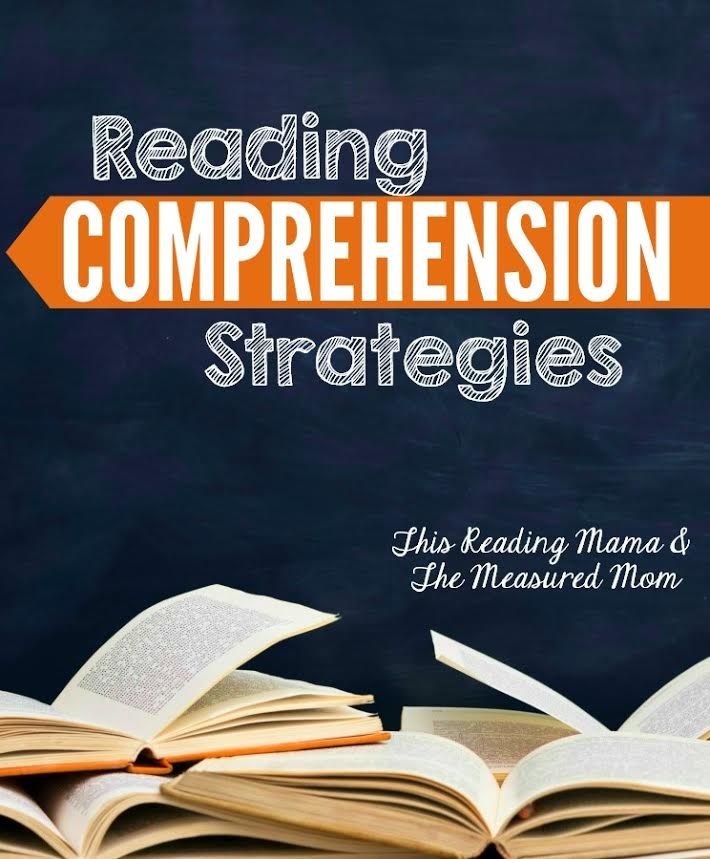 And I’ve heard about a bajillion reviews from parents whose kids were struggling with learning to read who absolutely adore Savvy.
And I’ve heard about a bajillion reviews from parents whose kids were struggling with learning to read who absolutely adore Savvy.
They now have classes for kids just learning letters and sounds all the way up to a 5th grade reading level. They’re currently having a back to school sale where you get a lifetime discount for signing up so it’s the perfect time to try!
Be sure to read the final post in this series with 10 Tips For Encouraging a Reluctant Reader!
IF YOU LIKED THIS POST ABOUT TEACHING KIDS TO READ, YOU MIGHT LIKE THESE POSTS TOO:- Best Educational Kid Activity Books
- Tips for Preparing Kids to Play an Instrument
- Our Favorite Kids Books About the World
9 books that will teach you to read
Early learning to read, as well as the desire to engage in early development with a child, is a trend of recent years. The Clever publishing house recommends which books should be used for activities with the baby, in order not only to teach him to recognize letters and put words out of them, but also to instill a true love of reading.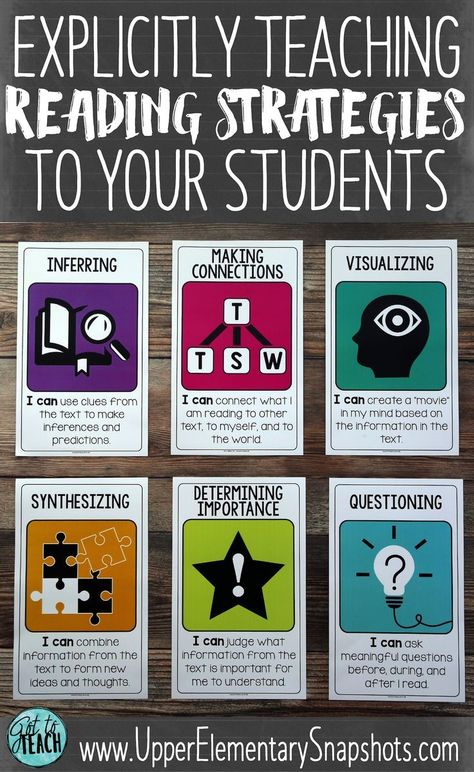
Primer. Learning to read from 2-3 years old
At what age is it time to learn letters with a baby? Our authors, teachers with experience, Olga Uzorova and Elena Nefedova, believe that you can start from the age of two! Early? Boring? In no case! Kids love letters and games with them. Here, for example, is the letter "Z", which buzzes like a fly, and here is the letter "R", it roars like a lion. And kids are also delighted that syllables and words can be added from letters.
The tasks in the book are selected so that children of 2-3 years old do not get bored with its pages, but get acquainted with new things with interest, playing and joking. This will be very useful for them in the future: knowing all the letters, it is much easier to study with "adult" primers.
Notebook-Primer. Learning to read and write from 2-3 years old
This notebook is the perfect match for the Primer. There are no difficult lessons and boring activities in it.
The new edition is based on the effective method of teaching reading and writing by Olga Uzorova and Elena Nefedova. The main idea of the technique is to captivate and interest the child, which means that you will not be bored. To help parents as much as possible, we put detailed instructions at the beginning of the notebook on how to properly practice it with the baby.
Information is presented in a playful way, with vivid example pictures. Now every new lesson is a game, not just learning to read. Study from a notebook and consolidate your knowledge with a split cash register of letters. With it, you can learn not only to read, but also to write small words and even mini-sentences!
Tosya-Bosya plays with letters
Tosya-Bosya does not sit still, she is always drawn to something new and interesting. In the new book, the cheerful fidget will not only play and be naughty, she will learn letters. And your child will get acquainted with the alphabet with her in a simple and exciting way.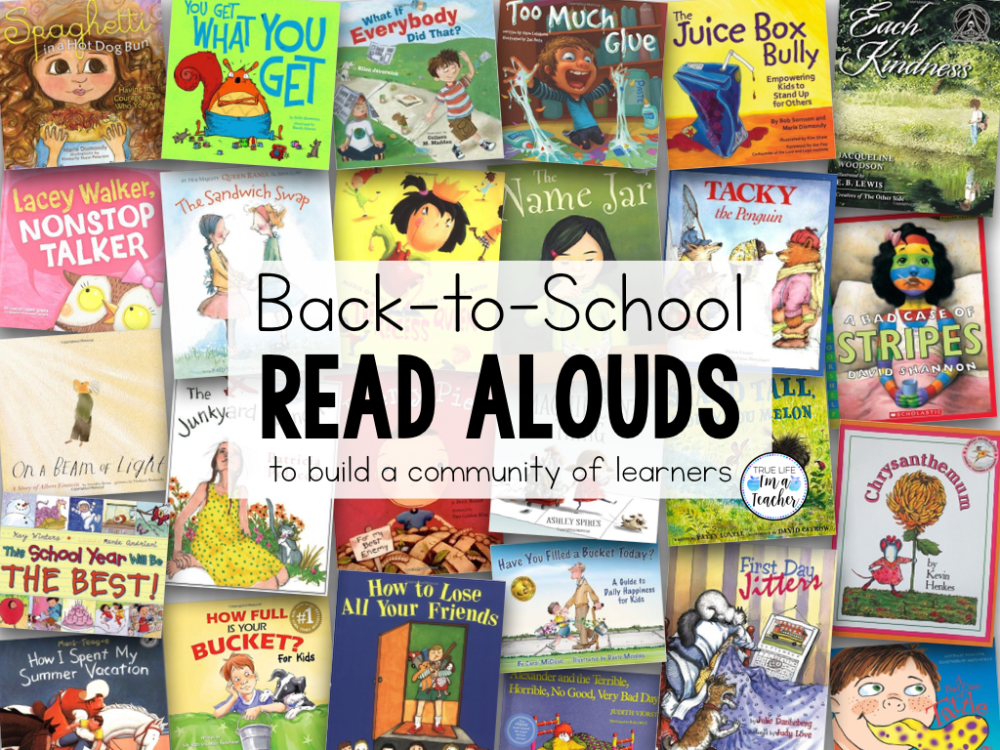
Toshi-Boshi has prepared a lot of tasks for you: learn the word and add the first letters of the names of objects, complete the letters in one of the halves, color the pictures, cross out the extra letters in the words and collect the correct words from the jumbled letters.
We have also prepared many interesting facts. From the book, together with Tosei-Bosei, you can learn about ancient types of writing, about complex symbols and hieroglyphs that were used to replace long words. And if you still can’t write ordinary letters, you can try to come up with your own hieroglyphs with your child.
Vinnie and his friends. Learning the alphabet
Notebook-notebook with a game alphabet for children from 3 to 6 years old with a favorite friend of many children - Winnie the bear and his company.
All the letters of the alphabet are gathered on its pages. Each letter is accompanied by a small rhyme in which it is played out, and an interesting task associated with the rhyme. Draw portraits of Winnie's friends, get out of labyrinths, water vegetables and collect honey while memorizing the letters of the alphabet. An excellent choice for those mothers who seek to distract the child from the TV screen or want to keep the child on the road with maximum benefit.
Draw portraits of Winnie's friends, get out of labyrinths, water vegetables and collect honey while memorizing the letters of the alphabet. An excellent choice for those mothers who seek to distract the child from the TV screen or want to keep the child on the road with maximum benefit.
Animal alphabet. Notebook with games and tasks
Velcro notepad is a win-win move to draw the attention of the little fidget to learning the letters of the native alphabet. Children love Velcro, especially if there is something interesting behind them!
In this notebook, we have collected 150 creative tasks, by completing which the child will develop fine motor skills, memory, attention, coordination, and also learn how to hold a pencil in his hand correctly. After all, without help, the spider will not get into the forest, the fish will be left without shadows, and the elk will wander around the maze! How can you not help here? And the animals, in gratitude for this, will show the fidget all the letters, teach them how to write them and even solve puzzles.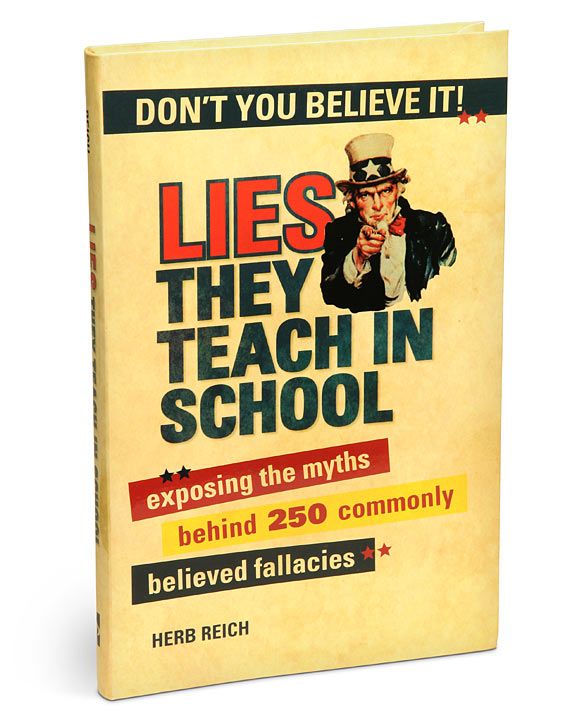
In the country of letters. 200 game tasks
Psychologists and teachers say that children learn best in the game. And it is much more pleasant for parents to play with children than to arrange boring reading and writing classes.
Go to the land of letters with the book by Svetlana Voskresenskaya. Under the cover you will find 200 different tasks for the initial learning to read and write. Learn new letters, look for them in words, make up funny stories from pictures, write and draw hooks and squiggles!
Each spread of the book consists of several tasks for a certain letter. Moving from simple to complex, your child will learn to read first, and then to write in block letters and even syllables. And those parents who like to carefully study various methods will find detailed instructions for classes at the beginning of the book.
I am learning letters. Alphabet-recognition
Alphabet-recognition is a handy box with 32 magic cards and detailed instructions for parents.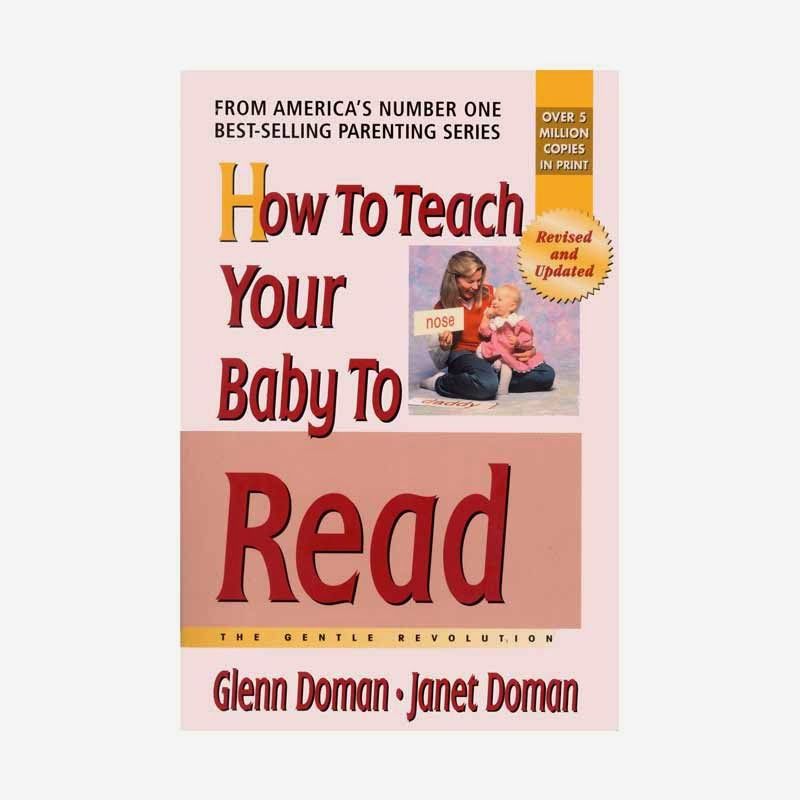 To start a fun game, you just need to get them all and select the one you need.
To start a fun game, you just need to get them all and select the one you need.
Each card will introduce the kid to one of the letters of the Russian alphabet, tell you what words this letter can be found in and teach you how to write it correctly. By the way, you can write directly on the cards: they are reusable, you only need an erasable felt-tip pen.
I am learning to read. Learn the word!
Another beautiful box on a string, in which 32 task cards were hidden. They will introduce the kid to the letters and help him learn to read.
To memorize each letter well, you must first learn how to find it. Found? Now you can read short words. And two-syllable words. And then out of three! That's how we learned to read. And besides the correct words, the cards hide "incorrect" ones, which must be found and underlined. You can underline and draw directly on the cards: they are reusable, as in the ABC-Knowing, and very convenient.
I am learning to write.
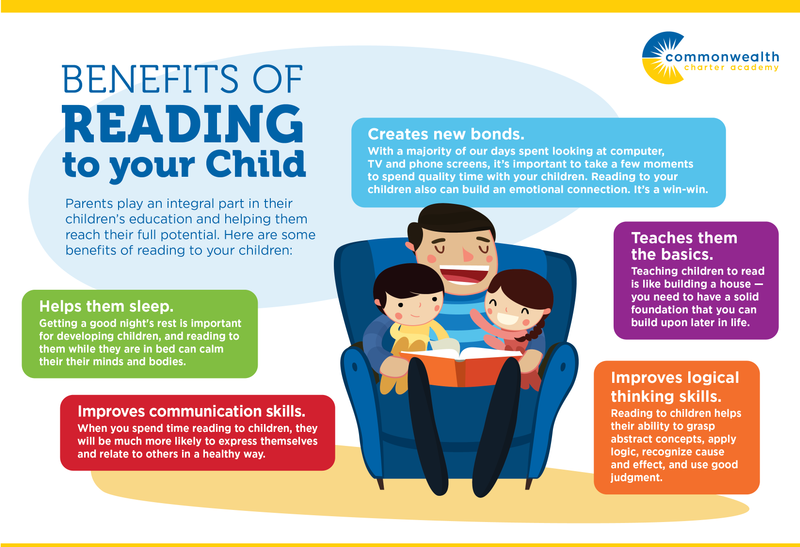 Logical recipes
Logical recipes And again the box, but this time more complex. It is perfect for those mothers and children who have already got acquainted with the letters and want to learn how to write them. On 32 cards, the kid will have to draw lines, squiggles and various elements of letters, and then the letters themselves. Sometimes you have to count for this, for example, to draw as many large letters F as there are scarves in the picture, and as many small letters F as there are shoes in the picture.
You can write, draw and hatch in "Logical Recipes" on the cards themselves, because they are reusable.
15 books that will teach you to see through people
1Allan Pease, Barbara Pease "Body Language"
The book by the Australian couple Allan and Barbara Pease is based on their famous bestseller "Body Language", first published in 1978 , and then translated into 48 languages and sold in huge circulations: the total number of copies sold exceeded 20 million.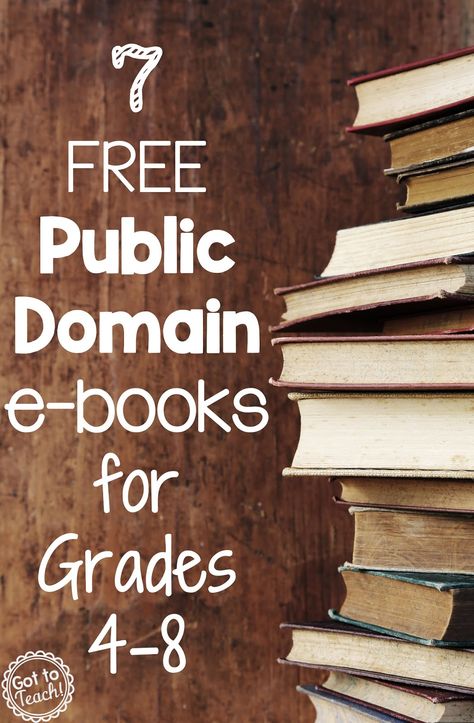 The authors give a complete transcript of all body movements - facial expressions, postures, manners, gait, look, by which you can easily unravel the real feelings and thoughts of other people.
The authors give a complete transcript of all body movements - facial expressions, postures, manners, gait, look, by which you can easily unravel the real feelings and thoughts of other people.
2Robert Cialdini “Psychology of Influence. Inspire, manage, defend”
Do you want to hear “yes” in response to your suggestions, requests and comments? The book by Robert Chaldin has long become a classic of business and psychological literature. In it, the author shows how the hidden mechanisms of influence work, and suggests specific techniques that increase the likelihood of agreement to the maximum. At the same time, Chaldni teaches you to notice when such techniques are used against you, and explains how to protect your mind from them. The book has been translated into 40 languages and has sold over 3 million copies worldwide.
Test: Can you work from home?
3Lillian Glass Everyone lies. How to identify deception by facial expressions and gestures»
Doctor of Psychology Lillian Glass worked as an expert on the world's largest TV channels, lectured on body language and lies for employees of various law enforcement agencies, including the FBI.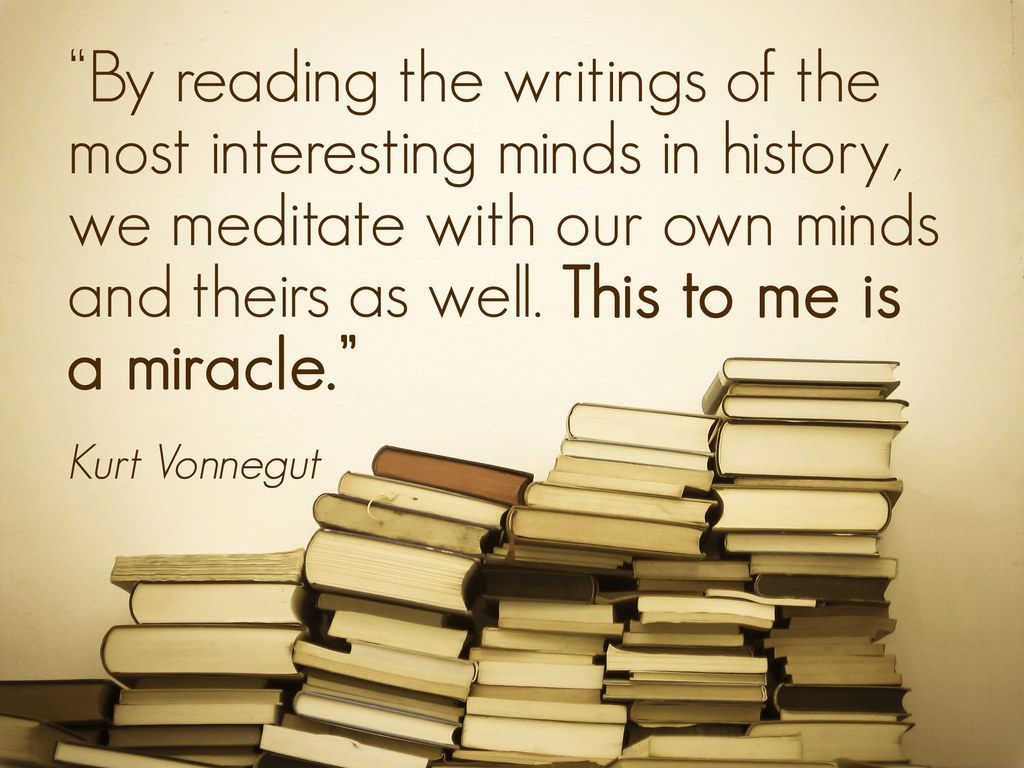 Acts as a litigation consultant, behavioral analyst and mediator in dispute resolution. In her book, Glass shares the quick and easy approach she uses to spot the truth, from “innocent” petty lies to shameless lies that can change people's lives.
Acts as a litigation consultant, behavioral analyst and mediator in dispute resolution. In her book, Glass shares the quick and easy approach she uses to spot the truth, from “innocent” petty lies to shameless lies that can change people's lives.
4Joseph Messinger, Caroline Messinger “I can see right through you. Learn to read a person like a book”
Body language is the most truthful, because our gestures come from the subconscious and therefore involuntarily betray our true intentions and mood. This book will teach you how to correctly interpret human facial expressions, talk about the meaning of many gestures and postures. Having mastered the art of reading the secret body language, in any conversation you can understand what they want to hide from you.
5Bohr Stenwick “We are all temporary. How lies, deceit and self-deception make us human"
Lying is not always bad, sometimes useful, and sometimes simply vital. There are many examples of "good" deception in the book - in human society and in the wild.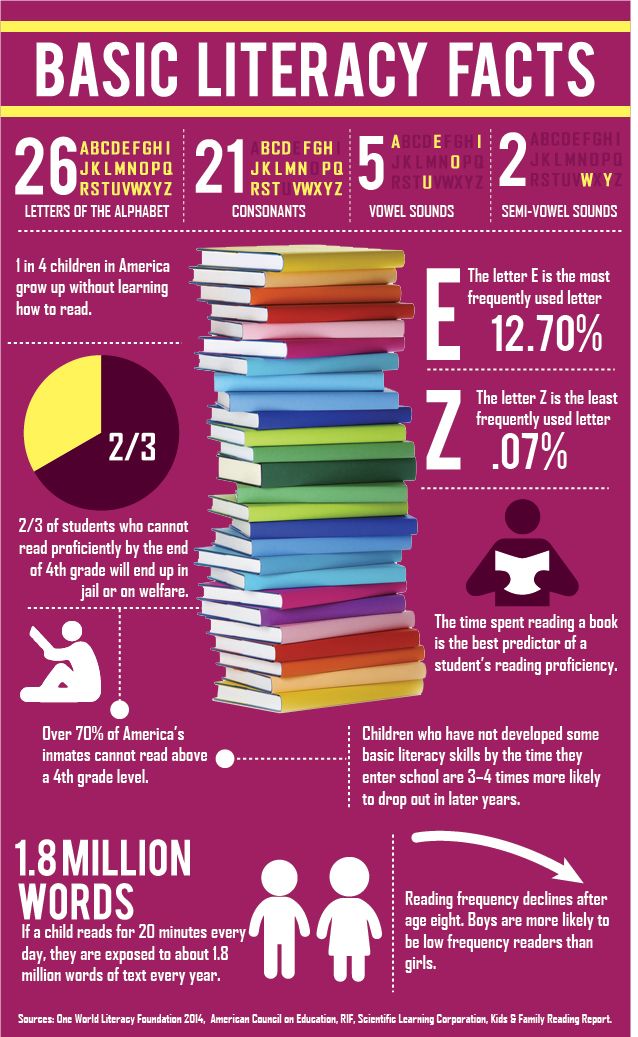 The whole history of civilization is permeated with deceit. Why has this phenomenon taken root in our society? Why lies attract us so much that even a feeling of guilt does not force us to abandon it? The book will provide answers to these questions. But the main thing is that the author suggests by what signs you can understand that they are lying to you, and by what signs that you are deceiving yourself.
The whole history of civilization is permeated with deceit. Why has this phenomenon taken root in our society? Why lies attract us so much that even a feeling of guilt does not force us to abandon it? The book will provide answers to these questions. But the main thing is that the author suggests by what signs you can understand that they are lying to you, and by what signs that you are deceiving yourself.
6Paul Ekman, Wallace W. Friesen "Know a liar by facial expressions"
Professor Paul Ekman knows how to understand people like no one else. Still would! After all, he was a consultant for the popular television series "Lie to me" ("Lie to me"), as well as the prototype of the main character - Dr. Lightman. This book is a continuation of Ekman's bestseller The Psychology of Lies. Using specific examples, the author shows how to accurately recognize lies by reading emotions from faces.
Stress interview: how to behave correctly?
7Thomas Erickson “There are only idiots around.
 If you think so, maybe you don't.”
If you think so, maybe you don't.” Scandinavian bestseller in communication psychology. Went through four reprints in Sweden. Being a universal master key to the personality of any person, this book lies on the table of almost every Swedish leader, teacher and journalist. Its author, the famous Scandinavian psychologist Thomas Erickson, divides all people into four color types. It describes the logic of behavior, temperament, value system of representatives of each of the colors. Explains how to find a common language with them, lead projects, resolve conflicts and start partnerships.
8Jack Schafer, Marvin Carlins Turning on the Charm the Secret Service Method
This book is a guide to connecting with people and influencing people from former FBI agent Jack Schafer, who specialized in behavioral analysis, training and recruiting agents. In it, he covers all the necessary techniques to help you win friends and make a good impression. Thanks to this book, you will be able to identify lies - both in person and in an online conversation; make a great first impression; use non-verbal cues; understand the behavior of others and see what people really think of you.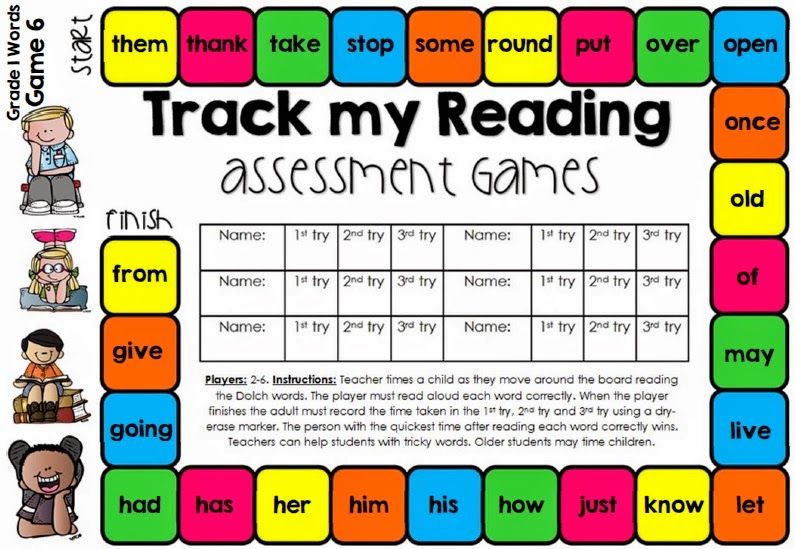
9Joe Navarro, Marvin Carlins "I See What You're Thinking"
Joe Navarro, former FBI agent and expert in non-verbal communication, teaches you how to instantly scan someone, decipher subtle signals in their behavior, recognize veiled emotions and immediately notice the slightest tricks and signs of lies.
10Allan Pease "Speak accurately ... How to combine the joy of communication and usefulness"
Everyone knows how and loves to talk, but choose the right topic and intonation, clearly formulate and clearly express your thoughts, confidentially talk to the interlocutor, convince him that he is right is a whole art. The book of the well-known expert on communication "technologies" Allan Pease will teach you to separate phrases of formal politeness from grains of truth and decipher non-verbal signals given by the interlocutor. You will be able to appreciate the sincerity of your partner and correctly interpret his thoughts, and the ability to compliment and listen carefully will allow you to succeed not only in your personal life, but will also lift you to the top of your professional career, make you a “master of conversation”.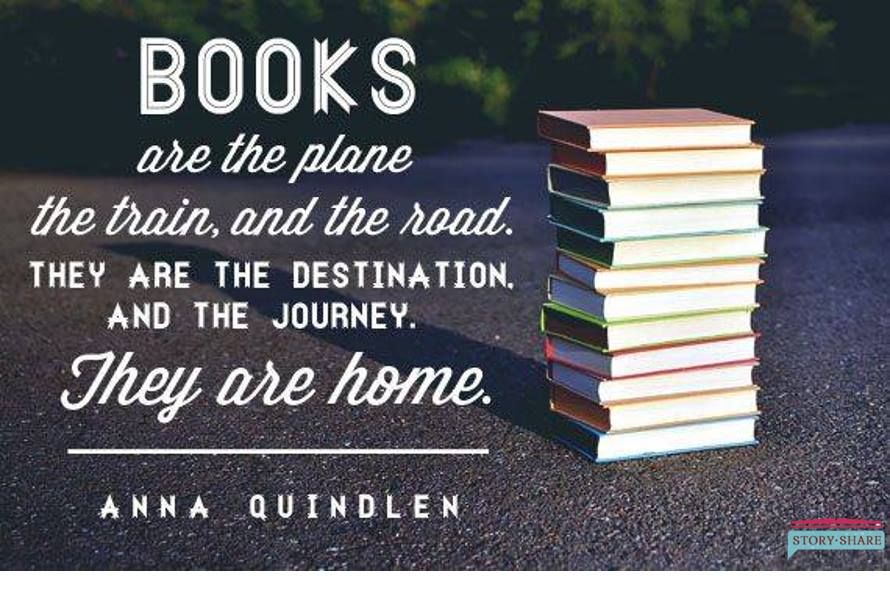
11Aud Dalsegg, Inge Wesse Hooked: How to Break the Cycle of Unhealthy Relationships
Hysterical boss keeps the whole office in fear? Does your best friend make you dance to your tune? Favorite person - a tyrant? Parents are impossible to please? Does your child blame you for their failures? If you are in constant nervous tension, feel miserable and worthless, or even completely afraid of who you live or work with, then you may have come under the influence of a psychopathic personality. How to resist such people and get out of their skillfully placed networks, saving yourself and your "I"? This is the book of Aud Dalsegg and Inger Wesse, based on real stories.
5 signs of an energy vampire: ways of self-defense
12Alexander Petrov “Practical physiognomy. Book-simulator»
Book-simulator is simple in presentation and available in independent exercises. Studying and applying the advice of Alexander Petrov will greatly reduce your mistakes not only in business negotiations, in contacts with superiors and in managing subordinates, but even in personal communication with loved ones.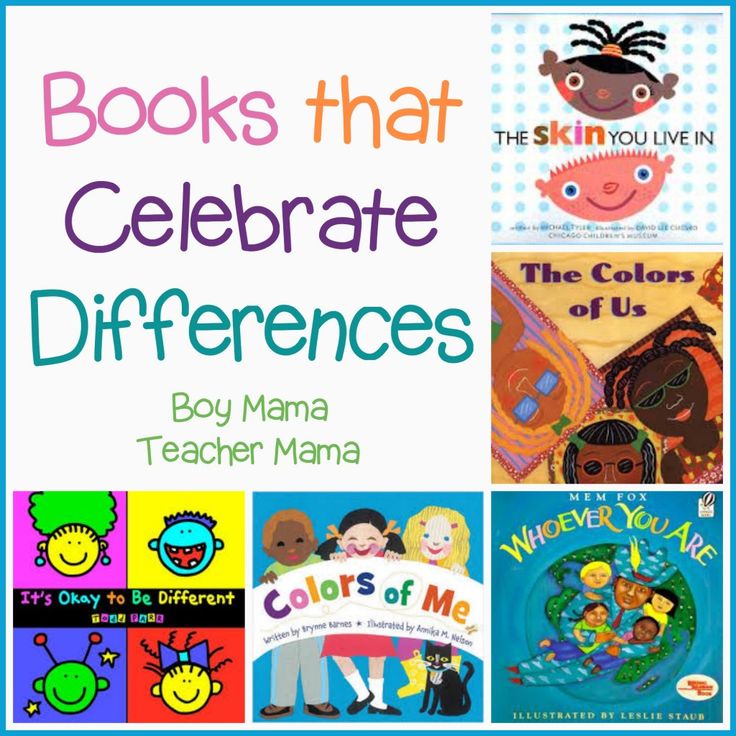 Work with this face reading tutorial thoughtfully, completing the tasks in detail, and you will achieve excellent success!
Work with this face reading tutorial thoughtfully, completing the tasks in detail, and you will achieve excellent success!
13 Oksana Sergeeva “How to learn to understand people?”
"Alien soul - darkness ...". How often do you say this common expression out loud or to yourself? How often, after talking with a friend, work colleague or neighbor, do you shrug your shoulders: “He is some kind of strange ...”? If more often than you would like, then read this book, in which psychologist Oksana Sergeeva reveals the secrets of communicating with people around you. You will learn to understand and predict the thoughts, feelings and actions of any person.
14Nikita Nepryakhin "I'm manipulating you"
We are constantly being manipulated at work, school, at home and among friends, and politicians, the media and salesmen consider it their duty. Thanks to the book by Nikita Nepryakhin, you will learn to quickly recognize any manipulator and neutralize his tricks. You are waiting for a deep dive into the motives of manipulators, a detailed classification of their tricks, a large number of cases, examples, experiments and illustrations. As well as detailed disclosure of manipulations in advertising, marketing, negotiations and sales, exposure of politicians and the media.
15Simon George "Who's in sheep's clothing? How to Recognize a Manipulator
This book is about manipulators who subtly ingratiate themselves with us and take advantage of our goodwill, kindness and inability to say no, for their own purposes. Often we do not realize that someone shamelessly uses us, and when we realize this, it is already too late: we are devastated, humiliated and depressed. How to recognize manipulators and not give them the slightest chance? This is what the famous American psychologist George Simon writes about. The classification of manipulative personalities, the way they act, the methods of dealing with them - all this is in the book "Who is in sheep's clothing?", which has become a world bestseller.

